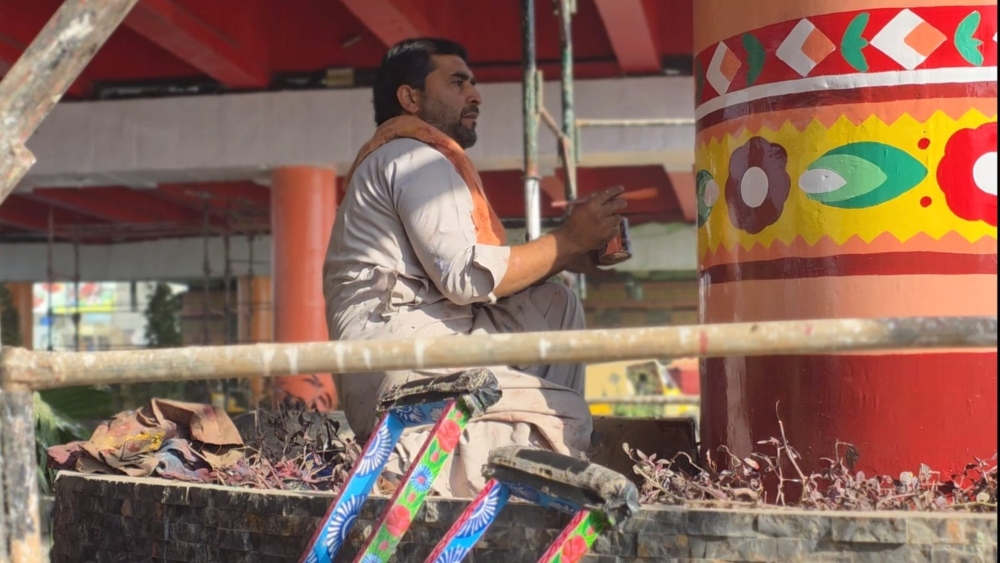ISLAMABAD: A glacier in Hunza partially broke earlier this week, propelling a snowstorm and severe weather, as swift action by local authorities and emergency services prevented any loss of life and serious property damage, officials told Pakistan TV Digital.
Head of Emergency Ejaz at the Aga Khan Agency for Habitat recognized the effective response from the authorities, saying, “Rescue 1122 and the Assistant Director (AD) immediately reached there, they remained vigilant and active.”
The collapse took place behind Karimabad, the central village of Hunza, where the Ultar Glacier sits as a high, hanging formation directly above populated areas.
According to technical experts, abrupt temperature variations, not steady warming but sharp, irregular fluctuations, triggered the dislodgement of a large mass of ice, which then fell and created a heavy snow-dust wave that blew rooftops off several homes and damaged trees.
While there was no loss of life and livestock damage, emergency stocks pre-positioned by both the Gilgit-Baltistan Government and the Aga Khan Development Network remained on standby. However, the officials did not need to be deployed.
Incident underscores wider pattern
Ejaz noted similar glacier failures in Tajikistan and Afghanistan in recent months, describing the belt as “highly active” under the accelerating impact of climate change.
Pakistan, he stressed, contributes nothing significant to global emissions yet faces severe consequences from the industrial output of other countries.
Experts warned that glacier instability now threatens the country’s long-term water reserves, which depend on solid ice maintained at high altitude.
The collapse raises concerns about future hazards and events as dislodged glacier masses displaced water and sent destructive floods downstream.
Authorities pointed to earlier rapid-recovery examples, such as the government’s immediate restoration of a key transport route after a climate-related bridge failure, as evidence of an increasingly capable emergency system.
But they cautioned that infrastructure designed in the 1970s will require climate-risk upgrades to withstand higher future discharges.
Officials added that continuous monitoring is underway, and communities in the area, already highly literate and climate-aware, have been urged to remain vigilant, avoid unsafe channels, and follow updated local guidelines as temperature fluctuations persist across the high-mountain region.


_20040228.png)


.jpg)


.jpg)
.jpg)
_20040228.png)